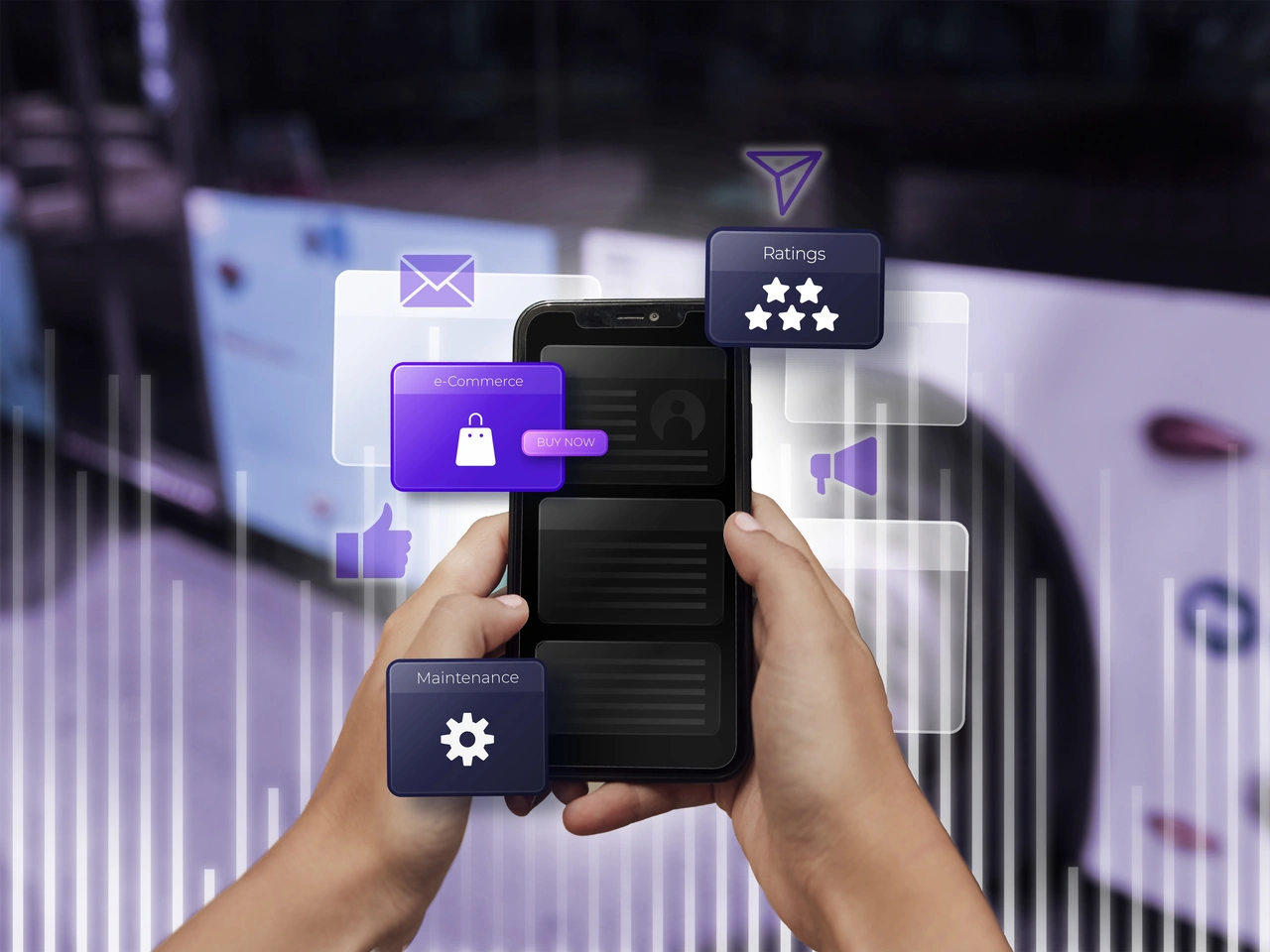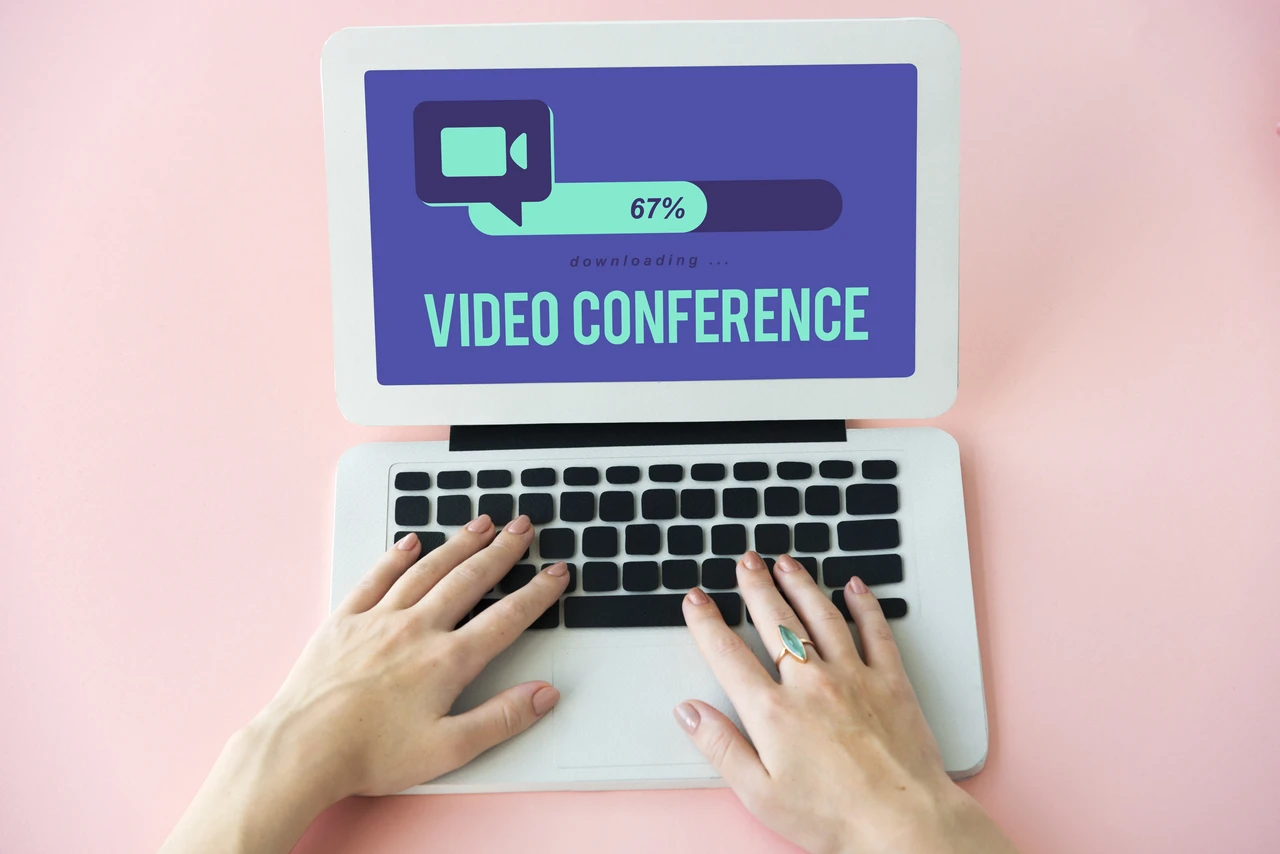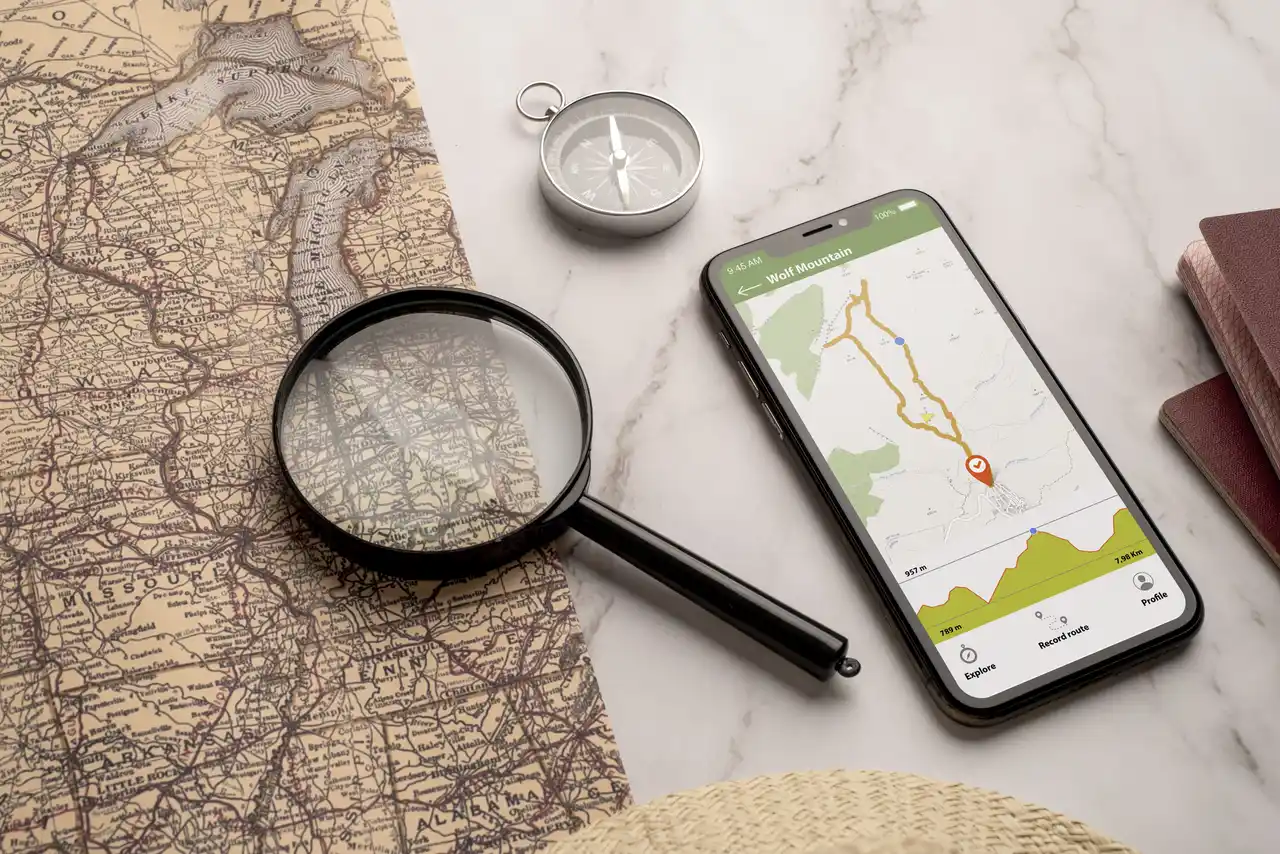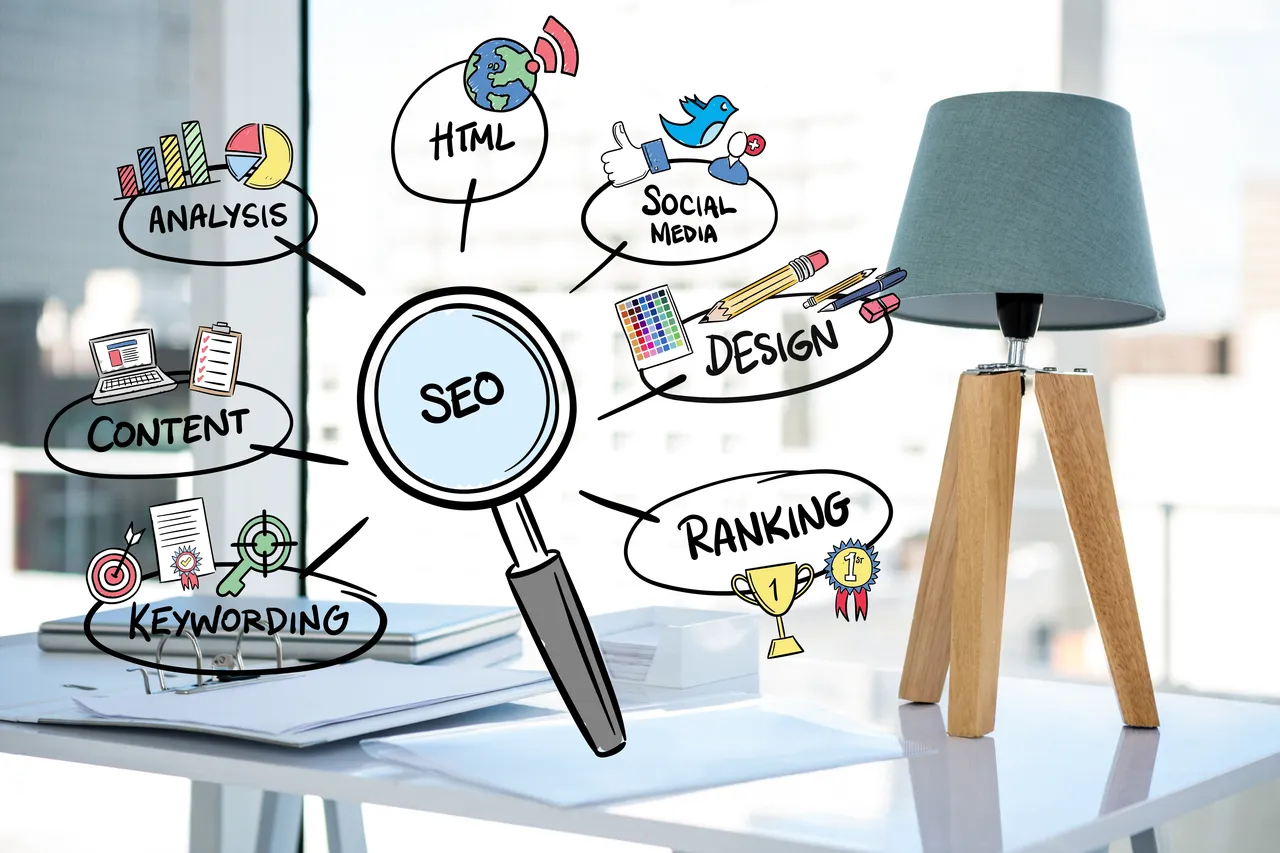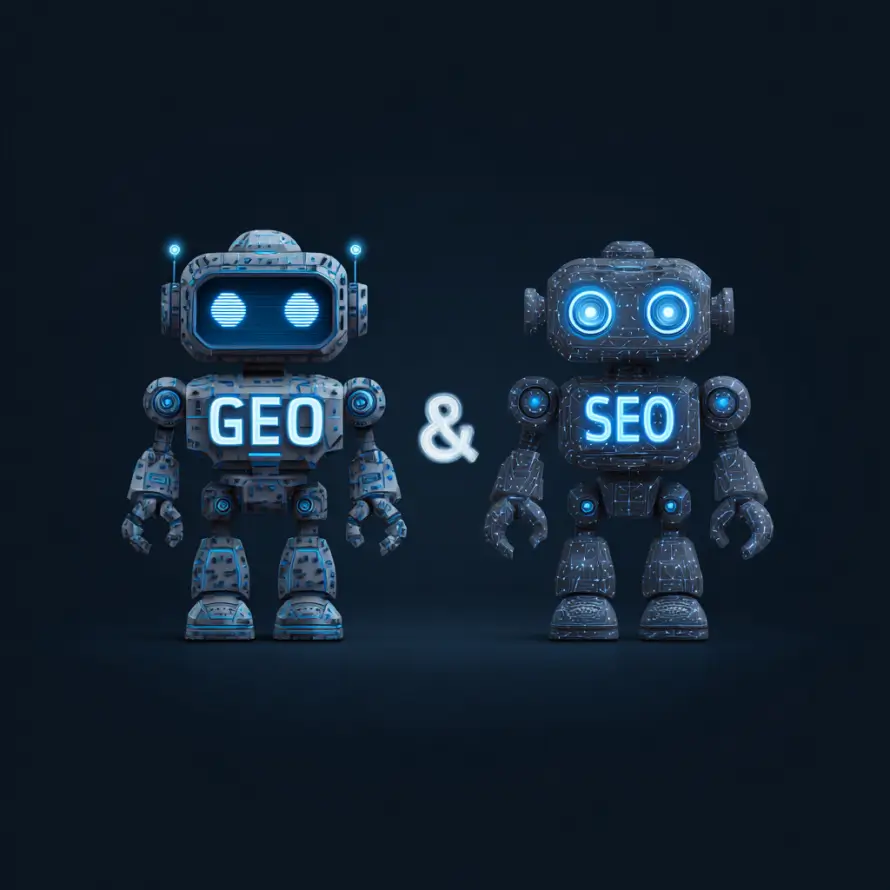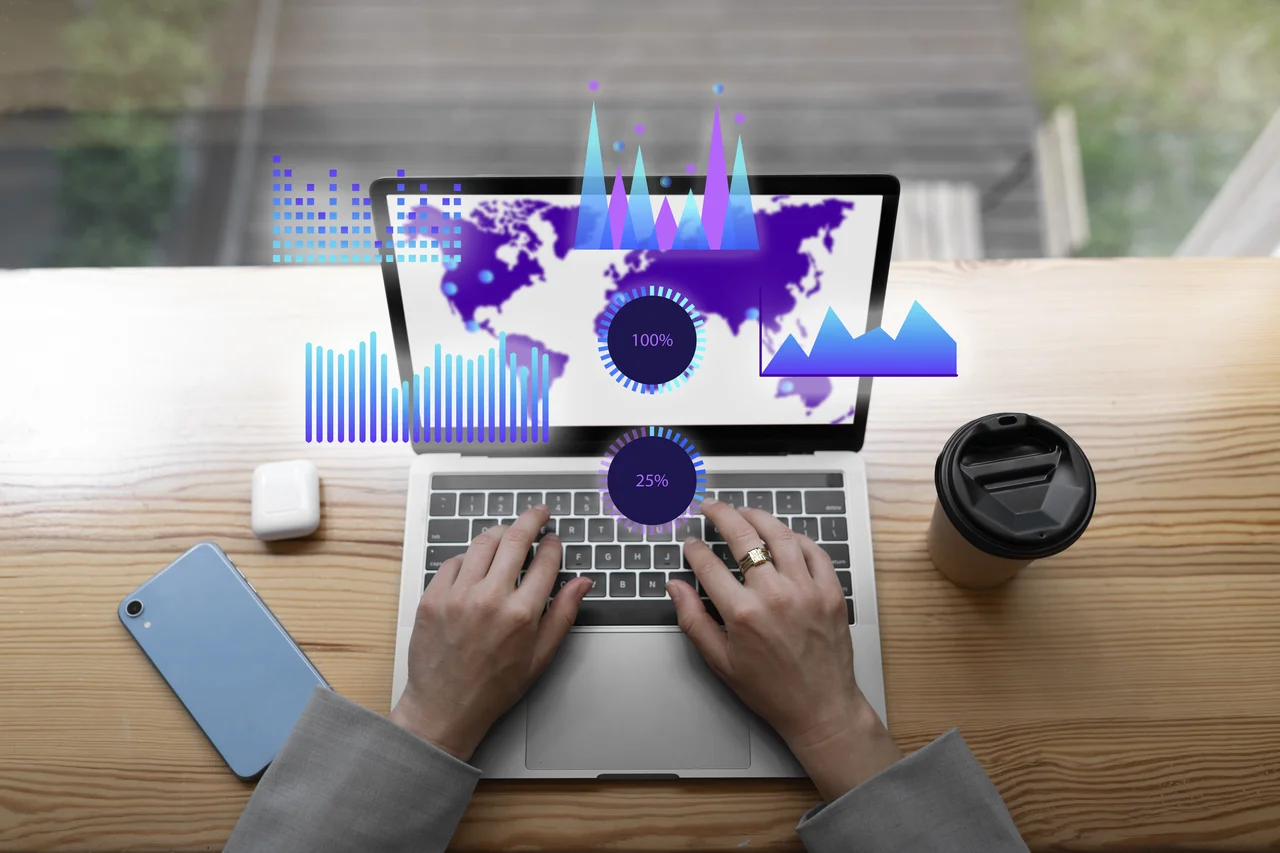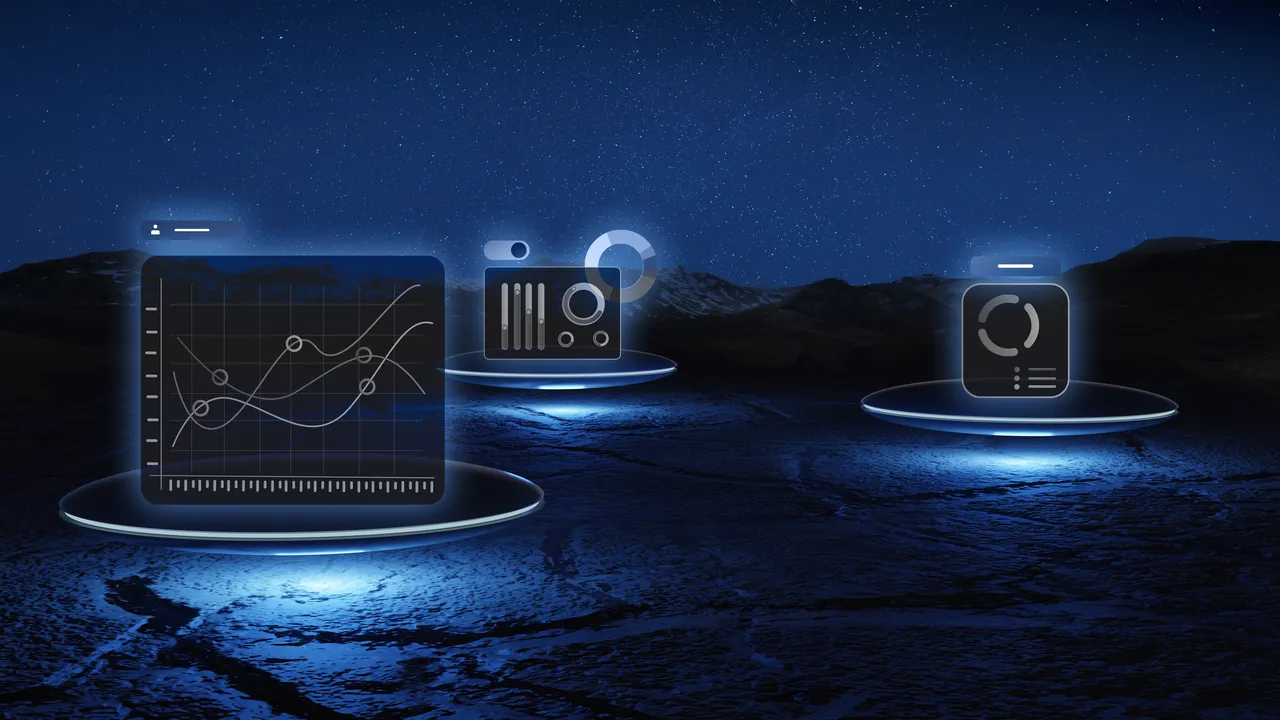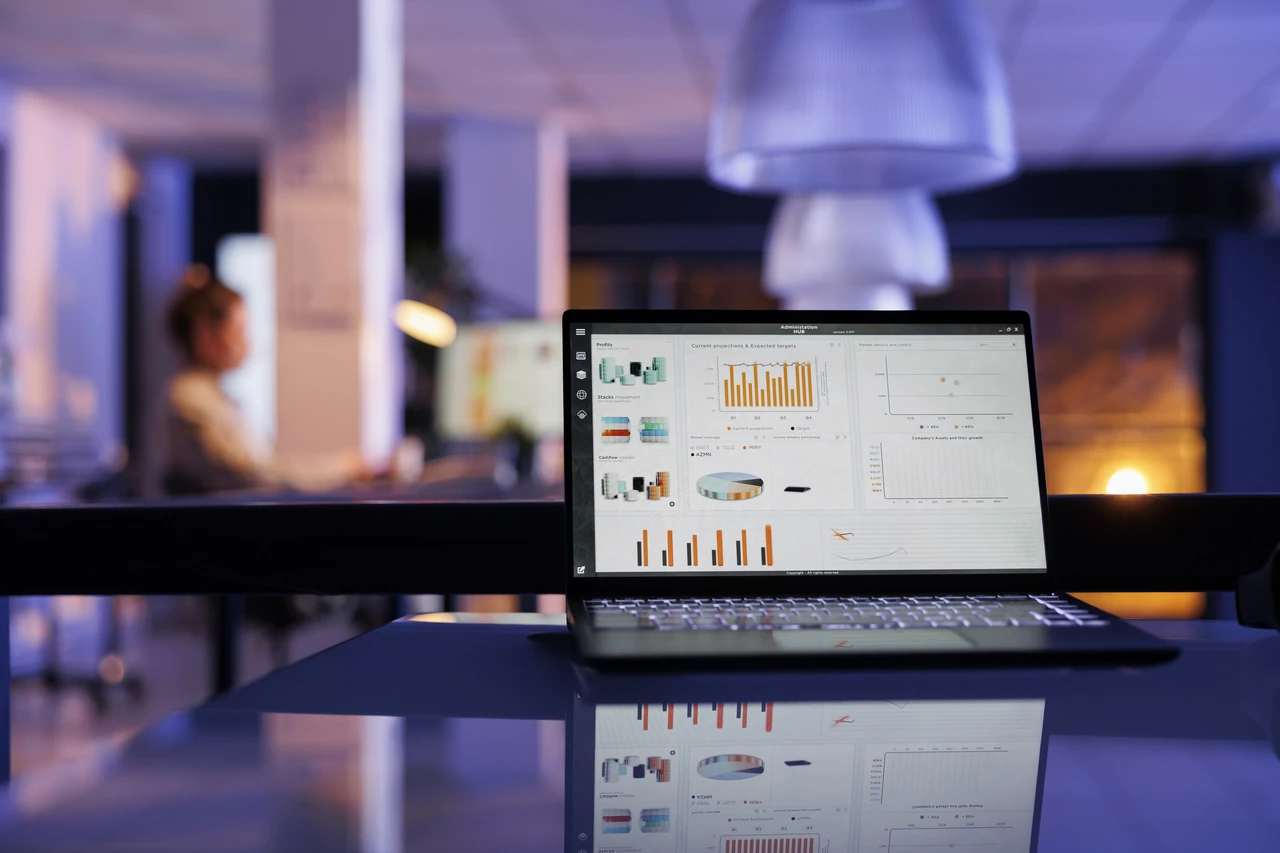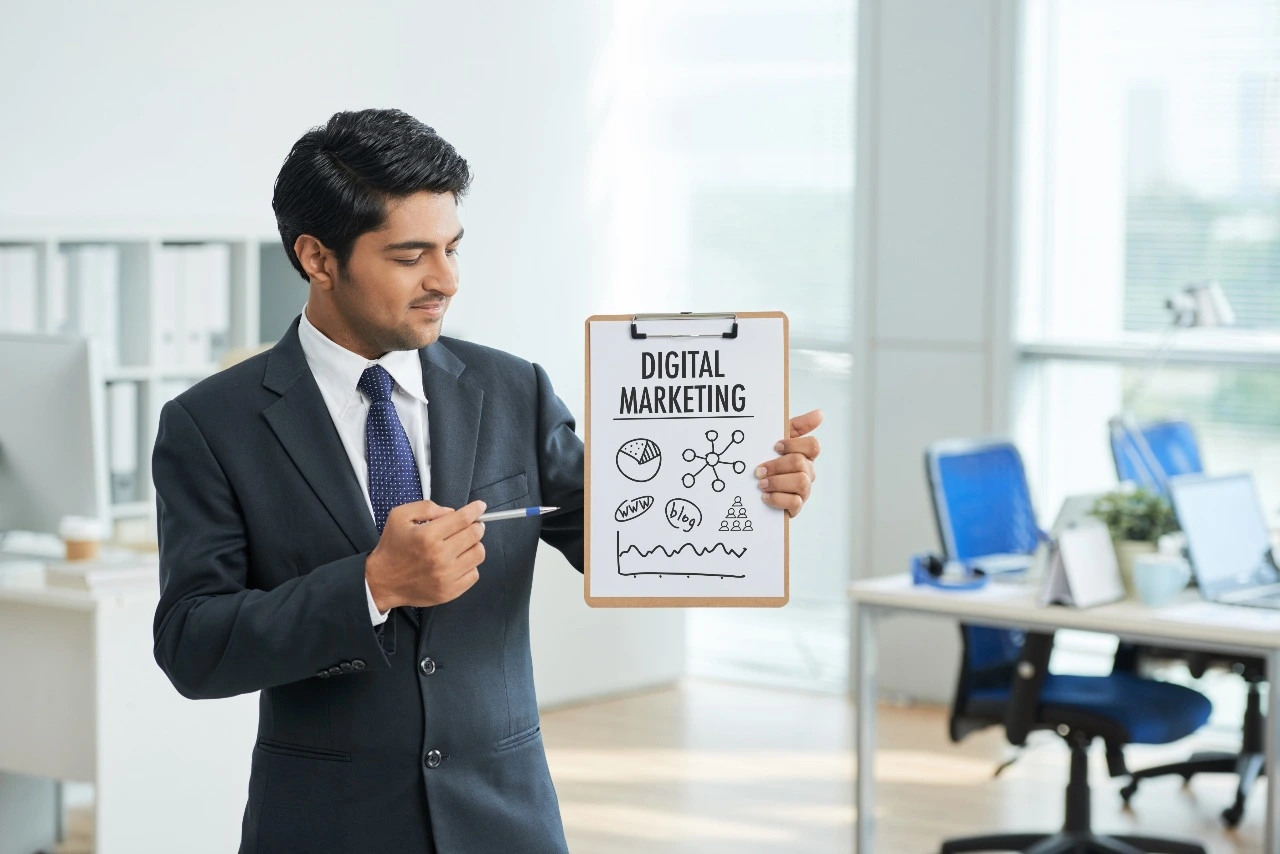Listen to article
Are you a B2B marketer looking to improve your content strategy? Understanding the latest B2B content distribution statistics and trends is paramount to reaching your target audience. With the digital landscape constantly evolving, knowing which channels and tactics are most effective can significantly impact your marketing ROI.
In an era where data drives decisions, leveraging the right statistics can help you optimize your content strategy and maximize your reach. From the growing role of AI in content creation to the continued importance of email marketing, staying informed about B2B content distribution methods is essential for success.
In this article, we’ll dive into the latest b2b content distribution statistics, explore the top channels for lead generation, and provide actionable tips to help you overcome common challenges.
Generative AI: Transforming B2B Content Strategies
Artificial Intelligence is no longer just a buzzword in B2B marketing—it’s becoming a central element of how content is ideated, created, and distributed. From streamlining workflows to scaling content production, generative AI tools are helping marketers achieve what was once thought impossible. However, while the enthusiasm for AI is evident, many professionals are still navigating how to fully integrate these tools into their strategies. Here’s a closer look at where AI stands in B2B content creation today and where the opportunities lie:
- Two-thirds of B2B marketers are already incorporating generative AI within their workflows. Source
- Only 28% feel confident about effectively implementing AI in their marketing activities. Source
- AI is primarily being leveraged to accelerate content creation, with 58% using it for blog posts, 55% for social media content, and 49% for short articles. Source
- Approximately 50% of marketers rely on AI for brainstorming topics, while 45% utilize it for researching headlines and keywords or producing initial drafts. Source
- Writing email copy is another prominent use case, with about 34% of marketers turning to AI for this task. Source
- The future looks even brighter, as 85% of marketers predict AI will significantly enhance B2B marketing in the next year. Source
As generative AI tools continue to develop, they are poised to redefine how B2B marketers conceptualize and manage their content strategies. However, the gap between adoption and mastery remains a challenge. To maximize AI’s potential, marketers must move beyond surface-level applications, such as generating first drafts, to more sophisticated uses like data-driven personalization and predictive content strategies.
Pro Tip:
Want to stay ahead in the AI revolution? Focus on integrating AI for more advanced tasks, like refining audience segmentation or predicting content trends based on analytics. Start small with tools like ChatGPT or Jasper AI, and gradually expand your use cases as you gain confidence and insights into how AI can complement your broader marketing objectives.
Diversified Content Distribution: A Key to B2B Success
In the competitive landscape of B2B marketing, relying on just a few distribution formats is no longer enough. With decision-makers consuming content from various channels and formats, businesses need to meet their audience where they are. A strategic, multi-format approach ensures greater visibility and creates more opportunities to engage prospects throughout their buyer journey.
- B2B organizations that achieve the greatest success in content marketing utilize an average of five formats for content distribution. Source
- The most successful B2B companies and agencies use all 5 formats to distribute their content. Source
- Conversely, B2B brands that are less successful tend to use only 4 formats for content distribution, indicating a negative impact from limiting channel variety. Source
A robust content strategy harnesses the strengths of various distribution formats and ensures that no audience segment is left untapped. Companies that neglect to diversify often miss key engagement opportunities and risk falling behind more agile competitors.
Pro Tip:
Regularly audit your distribution channels to identify which formats drive the highest ROI. From webinars and blog posts to email campaigns and social media, experiment with combinations of formats to uncover what resonates most with your target audience.
Why Blogs Are Indispensable for B2B Content Distribution Success
When it comes to B2B content distribution, blogs have proven their staying power as a powerhouse for driving organic traffic, nurturing leads, and maximizing ROI. Beyond being a repository of thought leadership, blogs act as the cornerstone of content strategies, offering long-term value through search engine visibility, audience trust, and measurable performance. In an era where audiences demand both quality and relevance, blogs allow marketers to strike a balance between creativity and strategy.
- 96% of businesses surveyed integrate blogs into their content marketing strategy, showcasing the channel’s ubiquity in B2B marketing. Source
- Likewise, 90% of content marketers rely on blogs as a key component of their overall strategy, solidifying their importance across industries. Source
- 59% of B2B marketers rank blogs as the most valuable channel for content distribution efforts, reinforcing the impact of long-form written content. Source
- Blogging frequency is a game-changer: businesses publishing 16+ posts per month generate leads 4.5 times faster than less active brands. Source
- Businesses with an active blogging strategy drive 55% more organic search traffic, underscoring the SEO benefits of consistent content. Source
- 70% of marketers identify blog articles as delivering the highest ROI in the early stages of lead generation, affirming their role in attracting and engaging prospects. Source
- Blogs with relevant visuals see 94% more views, proving how strategically placed imagery enhances engagement. Source
- Recognizing this, 68% of marketers plan to increase visual elements in their blog content, reflecting the growing influence of image-led storytelling. Source
- Headlines that feature numbers are clicked 36% more frequently, highlighting the persuasive power of data in piquing audience curiosity. Source
Take Your B2B Blogging to the Next Level
The numbers don’t just speak—they shout: blogging is an essential, non-negotiable element of any successful B2B content marketing strategy. However, to truly unlock its potential, treating your blog as a dynamic ecosystem rather than just a static channel is key. By crafting consistent, value-driven content enhanced with compelling visuals and data-backed headlines, brands can build a steady stream of engagement and conversions.
Pro Tip:
Leverage tools like Google Analytics or SEMrush to dive deep into performance metrics. Identify which topics, formats, or visuals resonate most with your audience, then double down on those elements. Experimenting with pillar pages or trend-forward posts can further extend your blog’s reach and influence.
For businesses looking to implement a more holistic approach to digital marketing, integrating blogs with a comprehensive B2B website strategy can amplify the results. A well-structured website paired with engaging blog content creates a seamless user journey, boosting both lead generation and overall ROI.
Unleashing LinkedIn’s Full Potential with Video and Emerging CTV Ads
For B2B marketers, LinkedIn has cemented itself as more than just a networking platform—it’s a powerhouse for strategic content distribution and robust engagement. Its professional ecosystem provides unique opportunities to connect directly with decision-makers, making it an unparalleled tool in any B2B marketer’s arsenal. Beyond traditional posts, LinkedIn continues to innovate with offerings like connected TV (CTV) ads and video content tailored for professional viewing habits, opening up new pathways for businesses to engage audiences where it matters most.
- 85% of B2B marketers recognize LinkedIn as the most valuable social media platform for their organizations. Source
- 84% of B2B marketers rate LinkedIn as the top organic platform for value, significantly outpacing competitors like Facebook (29%), YouTube (22%), and Instagram (21%). Source
- LinkedIn’s ad revenue is projected to grow by 12.7% by 2025, hitting $5.09 billion, with B2B display ad revenues increasing 12.5% to $4.73 billion. Source, Source
- Video content optimized for silent playback on LinkedIn is 70% more likely to be watched to completion. Source
- In April 2024, LinkedIn launched connected TV (CTV) ads, integrating with platforms like Roku, Paramount, and Samsung Ads, giving B2B marketers a fresh avenue to expand their campaigns. Source
Bridging Innovation and Effectiveness on LinkedIn
LinkedIn’s dominance in the B2B marketing space isn’t just about its popularity—it’s about its ability to innovate while maintaining professional relevance. With the integration of CTV ads, LinkedIn is enabling marketers to showcase their content on bigger, more impactful screens, bridging the gap between traditional digital formats and modern cross-platform strategies. Additionally, LinkedIn’s silent-friendly video approach aligns with the viewing behaviors of professionals multitasking during their workday, ensuring that content lands effectively even in silent environments.
Pro Tip:
To maximize engagement, pair LinkedIn’s advanced targeting tools with purposeful, visually compelling content. For videos, always incorporate clear captions and concise messaging to ensure your audience grasps your value proposition, even when sound isn’t an option. Further extend your campaigns’ reach by experimenting with LinkedIn’s CTV ads, tapping into its premium partnerships to deliver high-quality, targeted ads directly to your audience’s living rooms.
Email Marketing: A Cornerstone of B2B Content Distribution
Email marketing remains a vital component of B2B content distribution strategies. It continues to be highly effective for reaching target audiences and driving engagement.
- A significant 83% of B2B marketers view email as one of their most important channels. Source
- Email is considered the most effective content distribution channel by 44% of B2B marketers. Source
- Approximately 79% of B2B marketing companies and agencies reported email as their most successful content distribution channel as of 2023. Source
- Email is the preferred communication method for 77% of B2B buyers during outreach efforts. Source
- Email newsletters are crucial for 73% of marketers in their content marketing strategies. Source
- A large number of B2B marketers, around 44%, leverage email to boost traffic to landing pages, surpassing SEO (approximately 36%) and paid advertisements (approximately 33%). Source
- Notably, 94% of buyers share business content through email. Source
Email marketing’s continued dominance in B2B content distribution highlights its reliability and effectiveness. B2B marketers should continue to focus on refining their email strategies to maximize reach and engagement.
Pro Tip:
Segment your email lists to deliver personalized content that resonates with different buyer personas, increasing open rates and conversions.
Maximizing B2B Email Marketing Performance Through Strategy and Innovation
In B2B marketing, email remains one of the most influential ways to connect with prospects and customers, offering unmatched opportunities for personalization, automation, and scalability. However, relying on a one-size-fits-all approach in this competitive landscape is no longer enough. The most successful organizations are tailoring their email strategies, adopting new features like temporary opt-outs, and investing in automation to meet evolving customer expectations and drive measurable results.
- Event emails top the list of email types used by B2B organizations, with 63% leveraging them, followed by lead nurturing (51%), monthly newsletters (48%), automated confirmation emails (45%), drip campaigns (45%), promotional emails (42%), and ad hoc newsletters (31%). Source
- High-performing B2B organizations use an average of four email types, compared to three used by less successful counterparts. Source
- Temporary opt-out functionality is emerging, with 18% of email marketers currently offering it, and nearly half (47%) planning to adopt this feature soon. Source
- Automation continues to gain traction, with 35% of marketers planning to increase their use of automated emails. Source
- The average open rate for B2B cold emails is around 36%, though this varies widely by industry. Source
- Email newsletters remain a cornerstone of content marketing, with 77% of B2B organizations incorporating them into their strategies. Source
- Key performance indicators (KPIs) reveal that 26.5% of email marketers prioritize conversion rate as their top metric, while 24% focus on click-through rates (CTR) to gauge success. Source
Takeaway: Evolving Strategies for Better Engagement
Email marketing’s versatility continues to make it a cornerstone of B2B content strategies, but success requires a thoughtful approach. With the rise of automation and customer-centric features like temporary opt-outs, the emphasis is now on creating value-driven experiences tailored to specific audience needs. High-performing companies aren’t just using more email types—they’re integrating smarter workflows, optimizing subscriber interactions, and prioritizing data-driven insights to refine their efforts. By staying ahead of trends, such as increasing automation and focusing on meaningful KPIs like conversion rates, B2B marketers can unlock significant growth opportunities.
Pro Tip:
Don’t overlook the importance of segmentation and timing in your email strategy. Use behavioral data to segment your audience and deliver the right message at the right moment. Additionally, implement personalization beyond first names—reference past interactions, industry-specific pain points, or upcoming events to make your emails feel uniquely crafted for each recipient.
Winning Channels for Effective B2B Lead Generation
In a competitive B2B landscape, where precision and ROI-driven strategies reign supreme, lead generation success hinges on leveraging the right mix of channels. Modern B2B buyers are discerning, often conducting extensive research before engaging with a brand, which places a premium on creating authoritative and engaging online presences. By focusing on high-impact platforms, businesses can position themselves as trusted partners and capture qualified leads more effectively.
- Websites optimized for SEO, along with virtual events, are tied as the most effective lead generation channels, with each cited by 45% of B2B marketers as top-performing strategies. Source
- Businesses that consistently publish blog content see a 67% higher lead generation rate monthly compared to those that do not actively maintain their blog. Source
These findings underline a clear trend: combining owned media assets such as SEO-driven websites and high-value blog content with engaging live content like virtual events remains a winning formula for lead generation. Websites designed for both user experience and search visibility ensure you’re discoverable when prospects are actively seeking solutions, while virtual events provide an interactive bridge for creating trust and engaging directly with potential customers.
Pro Tip:
Maximize your lead funnel by repurposing content across these channels. For instance, transform key insights from virtual events into blog posts, video snippets, or downloadable whitepapers. This not only amplifies your message but also ensures prospects encounter valuable content across multiple stages of their buyer journey. Additionally, businesses looking to scale their content marketing efforts efficiently can explore outsourcing SEO services to ensure their online presence remains optimized without overburdening internal teams.
Strategic Insights into B2B Content Distribution: Budgets, Platforms, and Challenges
In the competitive B2B landscape, distributing content effectively is no longer just about getting seen—it’s about creating meaningful connections that drive measurable results. As marketers adapt to ever-changing audience behaviors, staying ahead requires smart budget allocation, platform expertise, and a laser focus on addressing content performance challenges. Let’s dive into the latest trends shaping the B2B content distribution space and explore where opportunities—and obstacles—lie.
- Nearly half (45%) of B2B companies intend to increase their content marketing budget in the coming year. Source
- A significant portion (42%) plan to maintain their current budget levels. Source
- Only a small fraction (6%) anticipate decreasing their content marketing spend. Source
- Globally, total ad spending on social media is projected to reach $220 billion in 2024. Source
- Social media advertising represents approximately 28.8% of all advertising expenditures. Source
- On average, individuals use 6.7 social media platforms each month. Source
- A significant 63% of marketers identify driving traffic and generating leads as the biggest struggle for content writers, highlighting the ongoing challenge of attracting and converting audiences. Source
Takeaway: Balancing Investments with Impact
The data reveals a clear trend: many B2B marketers are leaning into content marketing budgets to solidify their digital presence, but financial commitment alone doesn’t guarantee success. With social media ad spending at an all-time high and users active on multiple platforms, the challenge lies in cutting through the noise to meet potential customers where they are. Marketers need to focus on precision—leveraging audience insights, platform-specific strategies, and innovative technologies to elevate their campaigns.
Pro Tip:
To boost content visibility and lead generation, experiment with platform-specific content formats like LinkedIn carousels or Instagram Stories. Don’t underestimate the power of consistent A/B testing and analytics to refine both ad spend and organic distribution strategies.
Conclusion
The landscape of B2B content distribution is evolving rapidly, with actionable insights and emerging trends shaping how marketers reach their target audiences. From the transformative role of AI in content creation to the undeniable power of blogs and LinkedIn, the statistics highlight the importance of diversifying your strategies and leveraging multiple channels. Whether you’re exploring paid versus organic efforts, refining your email marketing campaigns, or optimizing for SEO, the key to success lies in creating high-quality, targeted content that resonates with your audience.
As budgets expand and platforms like LinkedIn and virtual events continue to dominate, B2B marketers have unprecedented opportunities to maximize their reach and ROI. However, challenges such as driving traffic and generating leads persist, emphasizing the need for constant adaptation and innovation.
Ready to boost your traffic and grow your website? Your customers are looking for you, and our SEO services can help you be found across search engines. Let’s ensure your content not only reaches the right audience but also delivers measurable results that fuel your business growth.
About How B2B Marketers Distribute Content Across Channels
This article was written by the Scopic Studios team and reviewed by Araksya Hakobjanyan, SEO Lead at Scopic Studios.
Scopic Studios delivers exceptional and engaging content rooted in our expertise across marketing and creative services. Our team of talented writers and digital experts excel in transforming intricate concepts into captivating narratives tailored for diverse industries. We’re passionate about crafting content that not only resonates but also drives value across all digital platforms.
Note: This feature blog’s image are sourced from Freepik.










